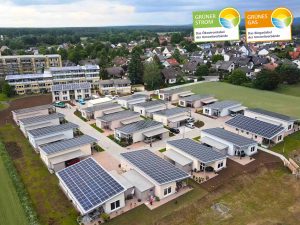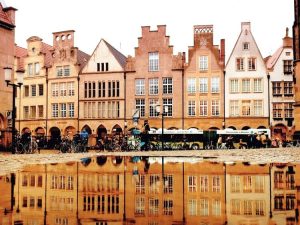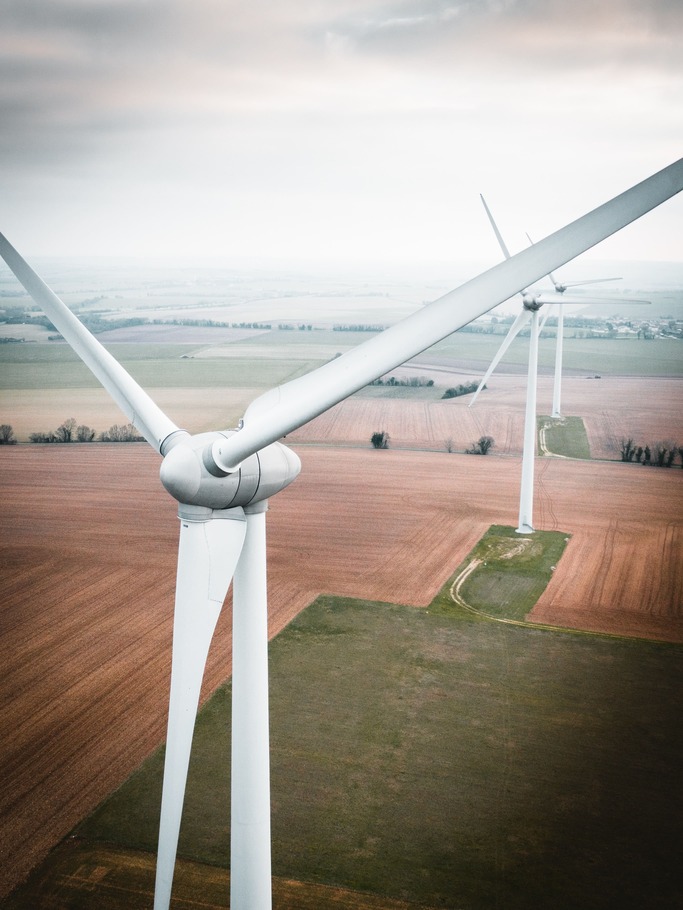What is biogas?
More security when choosing your gas tariff Biogas - We make the difference!
Guaranteed the expansion of renewable energies
A fixed amount per kilowatt hour flows into the expansion of renewable energies and into innovative energy transition projects - guaranteed!
Environmentally compatible and resource-saving
Guarantees the use of energetic potentials of biogenic residual and waste materials and the environmentally compatible production of green gases.
Supported by associations for environment, peace & consumers.
Behind the seals of approval are NABU, DUH, BUND & other civil society organizations.
Independent certification
The highest environmental standards and demanding criteria are regularly audited.
First seal of approval for green and biogas products
A label for the entire production chain of high-quality green and biogas.
Biogas with environmental benefits
Biogas is produced when biogenic residues, such as the waste from the organic waste garbage can, are fermented in a biogas plant. In the process, bacteria decompose the biowaste and separate methane. The collected methane can basically be used as an energy source in the same way as natural gas.
There are many ways to produce biogas and not all variants are ecologically sustainable. We guarantee that biogas is produced in an environmentally compatible manner and in line with the energy transition.
This sets us apart from eco or climate gas tariffs, which ultimately continue to supply 100 percent regular natural gas.

Environmentally friendly produced biogas
For Biogas with Grünes Gas-Label only certain input materials may be used:
- Biogenic residues (e.g. biowaste from the organic waste garbage can, plant residues, residues from agriculture such as harvest and slaughter waste, liquid manure, slurry and manure).
- Sewage sludge and sewage gas from municipal wastewater treatment plants, industrial processes, or commercial production (e.g., from biogenic residues in paper recycling).
- Renewable raw materials (e.g. maize or through-grown silphia), if an ecologically sustainable and energy transition-supporting operator concept is available.
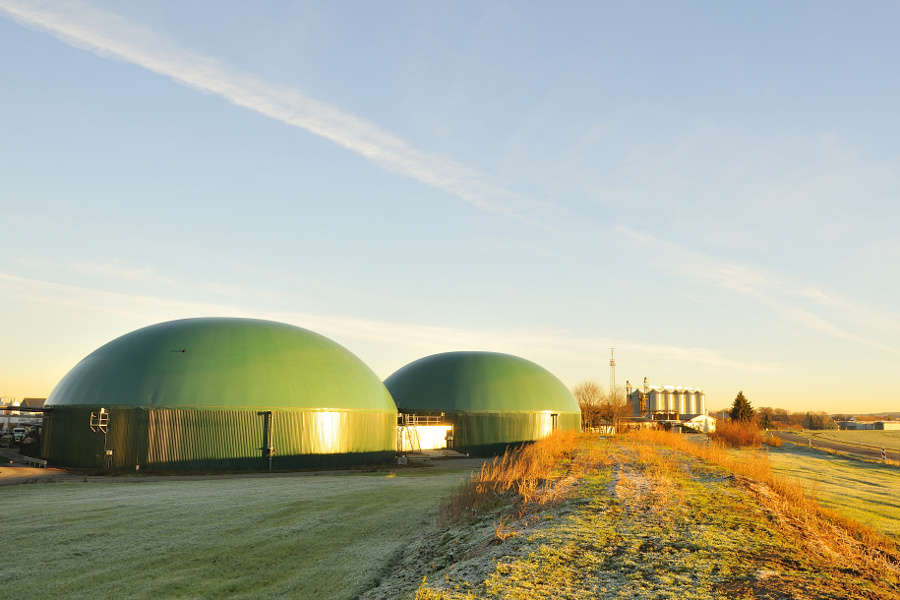
Resource-efficient and decentralized
Biogas is much more than just gas from biowaste:
- Biowaste becomes an energy raw material. This improves the Circular economy.
- The gas produced can be stored or also fed into the public gas network be
- A biogas plant uses raw materials from the region, creates jobs and generates tax revenue. The strengthens regional value creation.
- Biogas ensures a decentralized energy supply and Reduces dependence from fossil energy sources.
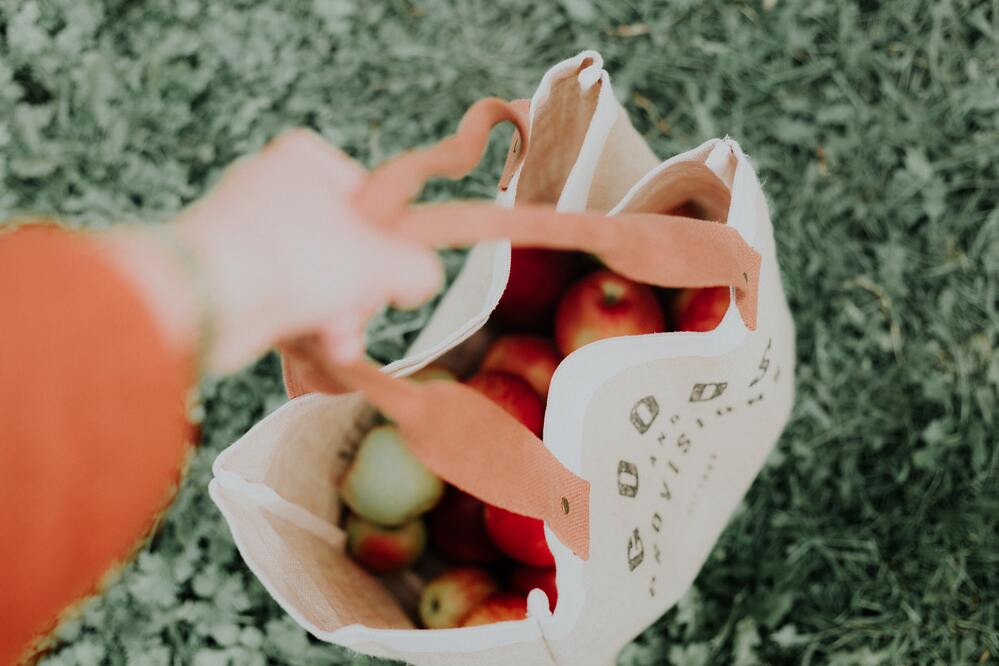
Together for the energy turnaround
Supported by associations for environment, peace & consumers.
Leading associations from civil society are behind the Grüner Strom-Label and Grünes Gas-Label. They play a key role in shaping the criteria for the labels.
Synthetically produced green gases
The Grünes Gas-Label also provides sustainability criteria in the newly developing market for synthetically produced green gases.
Gas can also be produced artificially: In this process, gas is produced from water in an electricity-intensive process called electrolysis. This concept is called Power-to-gas. In this context, people often talk about green hydrogen. Green' here means that hydrogen is produced with the help of green electricity.
But this alone is not enough to ensure that green gases are produced in a truly sustainable manner.
We take other factors into account in the Certification of synthetically produced green gases with the Grünes Gas-Label, e.g.:
- Aspects related to the Ecological and energy-economically sensible production
- the Energy-transition-serving Use and operation of the plants (electrolysers)
- Resource availability (in addition to green electricity, especially water)
- Political, economic and social framework conditions
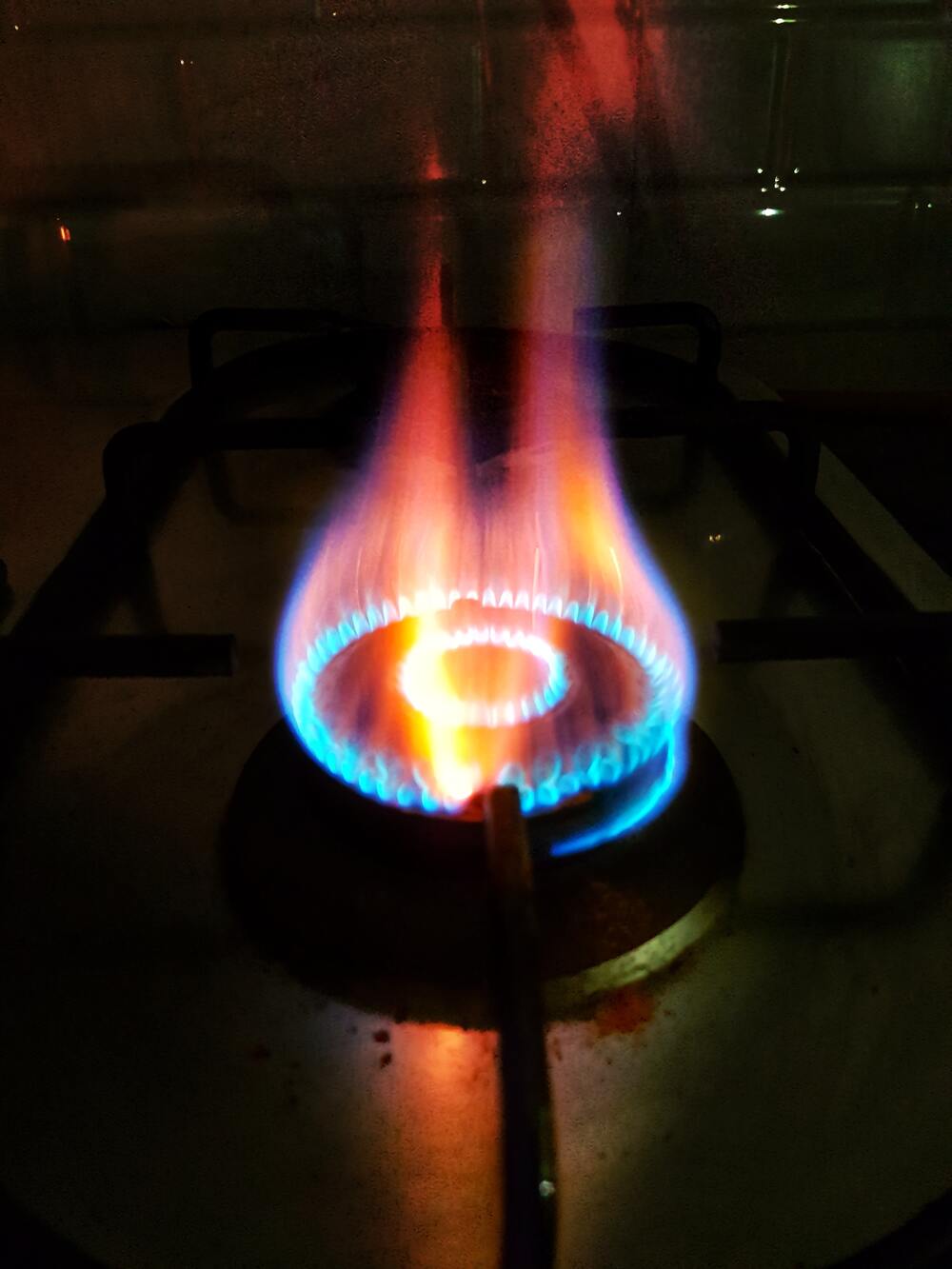
This is what we have achieved together
By choosing a certified green electricity or biogas tariff, you are directly supporting the energy transition. For every kilowatt hour consumed, a fixed amount goes toward the expansion of renewable energies - that's sustainable thinking.

Switch to a certified electricity or biogas tariff now
There are already several online comparison portals for electricity and gas rates. So what's the point of another one?
At the comparison portal of the environmental associations, consumers can compare high-quality and exclusively certified green electricity and biogas tariffs.
"vergleich-dich-gruen.de" offers you the opportunity to actively participate in an energy transition that is nature-friendly, decentralized, citizen-oriented, public welfare-oriented, fair and pollutant-free through your purchase decision.
Together for the energy turnaround
Your contact person

Michelle Markwart
Management Consultant, Online Communication
What you should know about biogas
Grünes Gas-Label
Frequently asked questions
With Green Gas-certified tariffs, guaranteed investments flow into the expansion of renewable energies.
The level of investment is determined by a fixed amount per kilowatt hour consumed. Thus, your gas purchase indirectly influences the investments in the energy transition. The areas of support include the mobility transition, energy infrastructure, energy efficiency, and other projects that serve the energy transition, such as nature conservation, development cooperation, and education.
You can find the whole range in the criteria catalog for the Grünes Gas-Label.
Find out which suppliers offer gas tariffs with the Grünes Gas-Labelor contact your supplier and ask about a biogas tariff with the Grünes Gas-Label. Select a labeled tariff and sign the supply contract of the new supplier. The rest is similar to the electricity switch: The new gas supplier cancels the old contract for you at the next possible date and initiates everything else. Until the transfer, the local or previous supplier is obliged to maintain the gas supply. This means that there will be no interruption in supply.
You can find gas tariffs with the Grünes Gas-Label here.
Note: Individual, named biogas tariffs are always certified, not the supplier itself.
The Grünes Gas-Label is the only biogas quality label supported by leading civil society organizations. The supporting associations can be found here.
Through the work of the carrier associations in the board of directors and general meeting, they play a major role in shaping the certification to this day. Changes in the label's criteria, for example, must be approved by all the sponsoring associations.
The Grünes Gas-Label is awarded by Grüner Strom Label e.V., which has been awarding the Grüner Strom-Label for green electricity tariffs since 1998.
Biogas in general
Biogas is produced by the bacterial decomposition of animal or plant substances in a biogas plant. These substances can be, for example, biogenic residues, such as the waste from the organic waste garbage can or liquid manure from agriculture. The fermentation of these substances produces, among other things, biomethane. The resulting biomethane can be used as an energy source in the same way as natural gas and can be fed into the natural gas grid, for example. There are various ways to produce biogas and not all variants are ecologically sustainable.
Substrates, also called feedstocks, are the biogenic raw materials that are introduced into a biogas plant to produce gas. Here, a rough distinction can be made between three classes:
- Biogenic residues (e.g. biowaste from the organic waste garbage can, plant residues, residues from agriculture such as harvest and slaughter waste, liquid manure, slurry and dung).
- Sewage sludge and sewage gases from wastewater treatment plants, industrial processes, or commercial production (e.g., from biogenic residues in paper recycling).
- Renewable raw materials or energy crops (e.g., corn or through-grown silphia).
The abbreviation NawaRo stands for the term renewable raw materials.
This refers to plants or plant components that originate from agricultural production and are not used as food or feed, but are used materially or energetically, e.g. for the production of biogas.
Sewage gas is a methane-containing gas produced during wastewater treatment by the digestion of sewage sludge. Sewage gas contains between 45 and 70 percent methane by volume.
As the name suggests, this is gas that is produced artificially. Gas is produced from water in an electricity-intensive process called electrolysis. This concept is called power-to-gas. In this context, people often talk about green hydrogen. Green' here means that hydrogen is produced with the help of green electricity.
A biogas plant usually consists of a fermentation tank with gas storage, the so-called fermenter, as well as a preliminary pit, a secondary fermenter and fermentation residue storage.
The fermenter, the core of a biogas plant, is filled with the substrates (e.g. NawaRo and liquid manure from the preliminary pit). In the fermenter, the actual biogas formation takes place under exclusion of sunlight and oxygen. Depending on the initial substrate, biogas can be produced by wet or dry fermentation (= digestion). In wet fermentation, a high water content in the fermentation substrate makes the mass stirrable and flowable. Dry fermentation or solid-state fermentation is carried out with stackable organic biomass without mixing. However, it is rather rare in Germany.
The substrate is heated to around 35 to 55 degrees Celsius to accelerate the methane formation process. On average, the substrate remains in a fermenter for 30 days before degassing in the secondary fermenter for another month. The resulting biogas consists of 50 to 70 percent methane, plus carbon dioxide, hydrogen and hydrogen sulfide.
Depending on the end use (on-site power generation, feeding into the natural gas grid, etc.), the biogas is further upgraded. The remaining substrate mixture from the fermenter (digestate) is then reused by farmers as high-quality fertilizer for their fields.
The production of biogas is renewable, largely CO₂-neutral, can be decentralized and occurs independently of limited fossil energy sources. This makes it more environmentally friendly than conventional energy from large-scale power plants. However, biogas production can take place in very different ways from an ecological point of view.
To guarantee a sustainable energy supply, biogas must be produced in an environmentally compatible manner. This includes both the raw materials used and their processing, as well as the logistics of the substrates and the fermentation residues.
The energetic and material use of (anyway accumulating) organic residual and waste materials is part of a sustainable use of resources.
Only certain feedstocks may be used for biogas with the Grünes Gas-Label:
- Biogenic residues (e.g. biowaste from the organic waste garbage can, plant residues, residues from agriculture such as harvest and slaughter waste, liquid manure, slurry and dung).
- Sewage sludge and sewage gases from municipal wastewater treatment plants, industrial processes, or commercial production (e.g., from biogenic residues in paper recycling).
- Renewable raw materials (e.g. maize or through-grown silphia), but only if there is an ecologically sustainable operator concept that is conducive to the energy transition.
